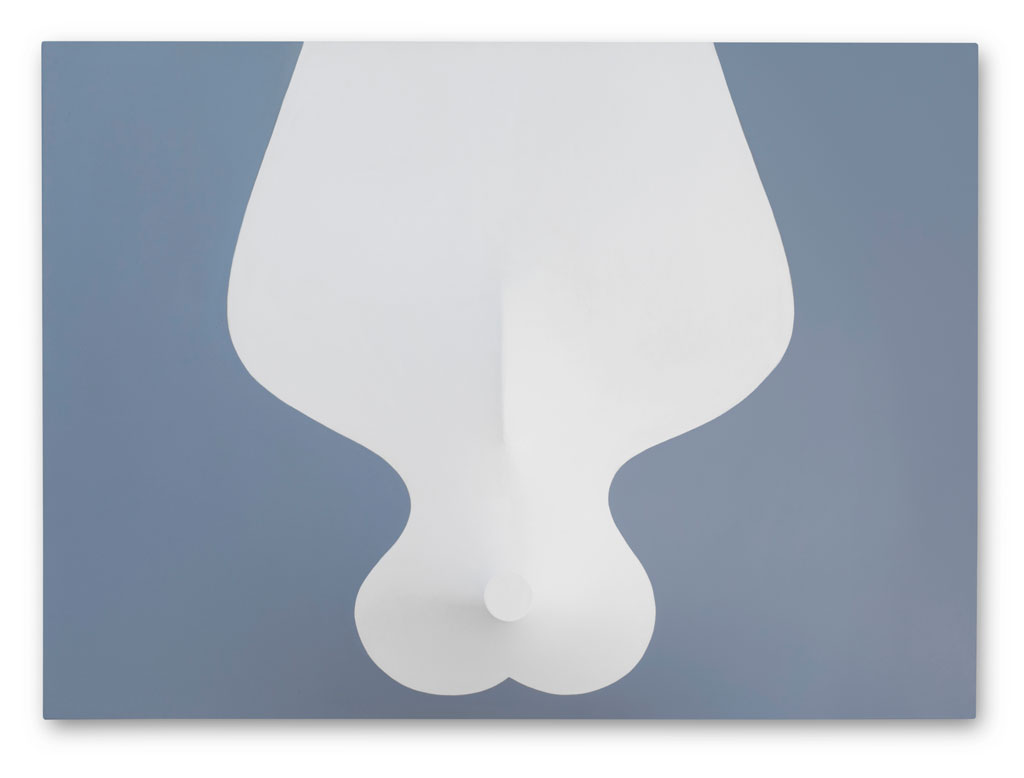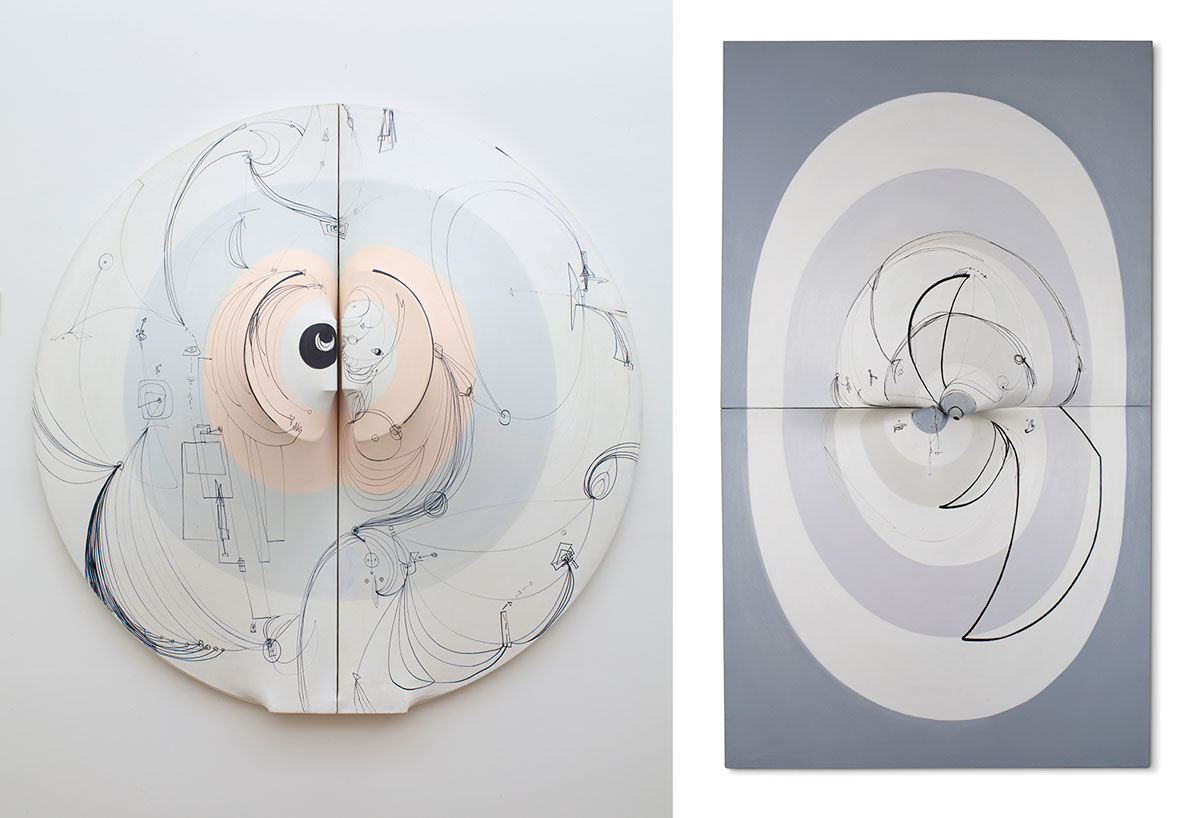ART-PRESENTATION: Zilia Sánchez-Soy Isla
 Zilia Sánchez’s work is characterized by her distinctive approach to formal abstraction through the use of undulating silhouettes, muted color palettes, and a unique, sensual vocabulary. She is primarily recognized for her shaped canvases, first created in Havana in the 1950s and further developed while living in Havana, New York City, and Madrid. Sánchez’s signature style consists of stretching canvas over hand-molded wooden armatures and painting them with acrylic.
Zilia Sánchez’s work is characterized by her distinctive approach to formal abstraction through the use of undulating silhouettes, muted color palettes, and a unique, sensual vocabulary. She is primarily recognized for her shaped canvases, first created in Havana in the 1950s and further developed while living in Havana, New York City, and Madrid. Sánchez’s signature style consists of stretching canvas over hand-molded wooden armatures and painting them with acrylic.
By Efi Michalarou
Photo: The Phillips Collection Archive
Zilia Sánchez’s work had rarely been seen outside of Puerto Rico before her 2013 survey at Artists Space, New York, and 2014 solo exhibition at Galerie Lelong, New York. Her work is also included in the 57th Biennale di Venezia. Over her 65-year career, Sánchez has explored the juxtapositions between the feminine and the masculine, the painterly and the sculptural, the personal and the universal, the exterior body and the interior self. The reduced color palettes in her compositions as well as the serial processes she employs, connect her to Minimalism, though the sensuality and embrace of the curve in her work bear witness to the distinct language Sánchez has developed. The first Museum retrospective of the largely unknown Cuban artist Zilia Sánchez, entitled “Soy Isla” is on presentation at The Phillips Collection. The exhibition features over 60 works from the early 1950s to the present, including paintings, works on paper, shaped canvases, sculptural pieces, graphic illustrations, and ephemera. The retrospective traces Sánchez’s artistic journey from her early days in Cuba to her extended travels in Europe in the 1950s and residence in New York in the 1960s, and finally her move to Puerto Rico, where she has lived and worked since the early 1970s. Sánchez frequently references narratives and protagonists from ancient mythology (such as Trojans, Amazonians, and Antigone—all warriors and female heroines), and her geometric works are rich with metaphorical meaning. The exhibition title, Soy Isla, alludes to Sánchez’s experience as an islander at once connected and disconnected from the mainland/mainstream, physically and intellectually. Sánchez’s early work in Cuba developed an approach to formal abstraction through paintings and drawings, alongside the design of furniture as well as theater sets. Influenced by the Havana based modernist painter Victor Manuel, she became associated with a group of artists and intellectuals known as Sociedad Cultural Nuestro Tiempo. She designed scenography for guerilla theater group Los Yesistas (The Plasterers) signaling her involvement with the pre-revolutionary, anti-Batista movement. As a result of regular exhibitions in Havana, she received grants enabling her to travel to Europe, before moving to New York in 1964. Living in the city for eight years, she began working with elaborated stretcher frames producing shaped canvases, emphasizing the sculptural abstraction of bodily form. Her paintings have regularly taken on a modular character, comprised of two or more abutting parts. This seriality has become a cornerstone of Sánchez’s work: she continues to rework and add to paintings begun as early as the 1970s, considering each work to be a part of a larger whole. In 1972 Sánchez moved to Puerto Rico, where she lives today. Between 1972 and 1975 she designed the literary journal “Zona de Carga y Descarga”, a short-lived but highly influential publication principally edited by writer Rosario Ferré, marking a moment of experimentation in Puerto Rican writing commissioning marginalized Latin American, Portuguese, Puerto Rican, and Nuyorican writers. Sánchez’s use of photomontage, innovative typesetting and layered layouts of image and text inscribed into the publication a fractured topology. The exhibition is complemented by a short, newly commissioned video produced by VideoArt Productions, Inc. Shot in San Juan, this non-linear, poetic documentary aims to capture Sánchez in places where she has lived and worked, including her studio, which is now being rebuilt after the devastation of Hurricane Maria.
Info: The Phillips Collection, 1600 21st Street, NW Washington DC, Duration 16/2-19/5/19, Days & Hours: Tue-Wed & Fri-Sat 10:00-17:00, Thu 12:00-18:30, Thu 10:00-20:30, www.phillipscollection.org







